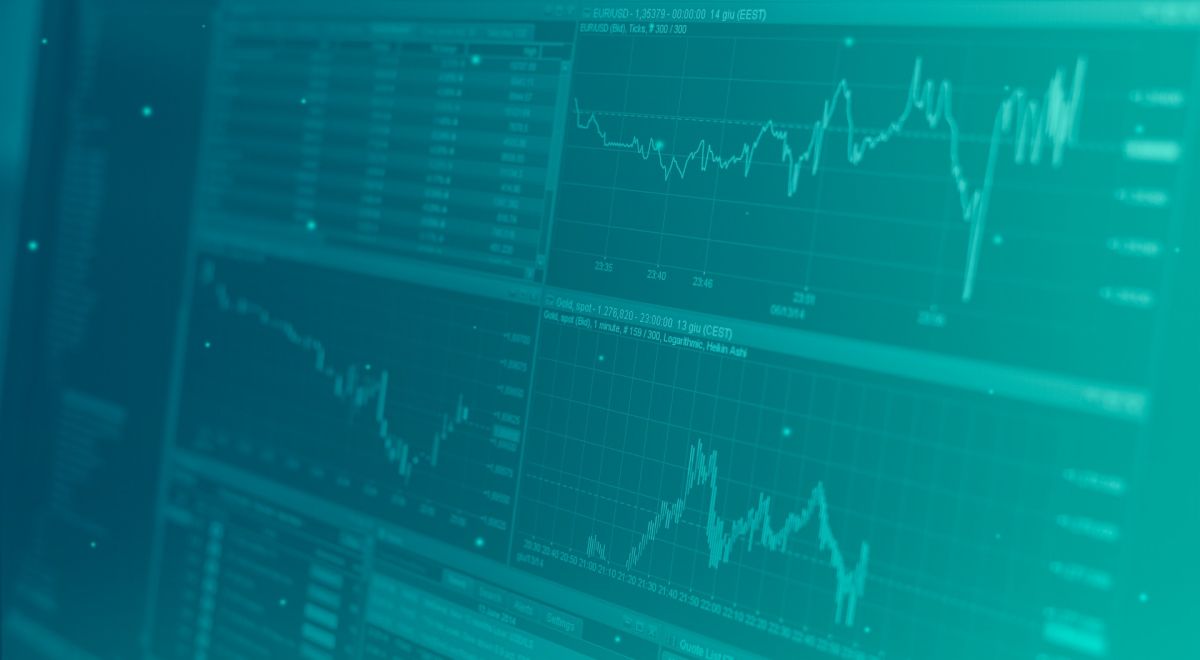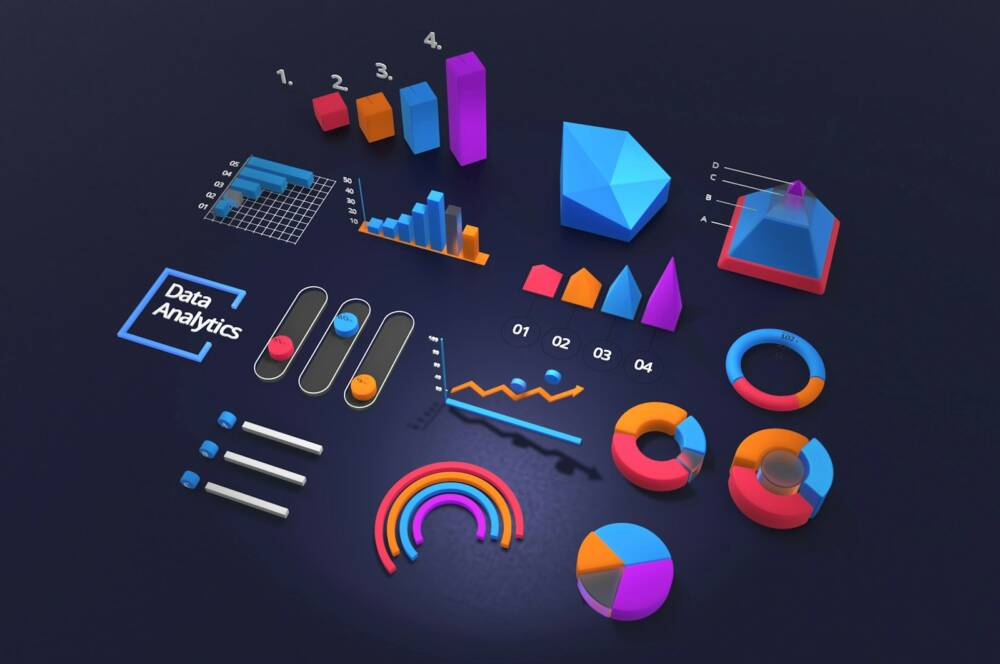Just a few days ago, Goldman Sachs revealed that its trading revenues were at lows not seen since 2005. The company, which is the most reliant of all the big banks on trading revenue is suffering as a result, but it’s not the only one having trouble. Trading revenues are falling all over Wall Street.
But what exactly does trading revenue mean, and what’s causing the big changes in the market? Here’s a look at why the number is an important indicator for investors, and what’s happening that’s crushing Goldman Sachs.
What is Trading Revenue and why should I care?
Trading revenue is, most basically, the amount of money that institutions earn from buying and selling financial instruments. The way that big firms do this isn’t the same as the way a retail investor does. Goldman Sachs doesn’t buy Apple stock and hold on. It buys every stock by the bucket-load and sells them for a tiny profit margin.
This is called market making and it forms the basis of bank trading revenue. The two main sources tend to be equity market making and fixed income market making. In equities Goldman Sachs acts as a clearing house, offering to buy almost any common shares and sell them at a small spread, or gap between those numbers.
Market makers are a structural necessity in the stock market, providing liquidity where it couldn’t exist normally. In fixed income banks perform the same basic function, but make money off of the interest paid on debt they hold. There are other assets that banks tend to hold for market making including currencies and commodities futures, and every other instrument under the sun.
There’s a couple of reasons these numbers are important. First of all they’re an absolutely essential part of valuing a bank. Secondly, trading revenue gives a glimpse into the way the markets are moving and, particularly over the last year or two, may clues about how to invest going forward.
Top Ten Trading Companies
Over at Investopedia Shobhit Seth took a look at the world’s biggest trading companies measured by revenue. The list gives an insight into how trading actually works on a big level, as discussed above. Here’s quick look:
Barclays PLC $17.6 billion
JPMorgan Chase & Co $20.26 billion
Citigroup, Inc. $16.2 billion
Goldman Sachs $15.7 billion
Bank of America Merrill Lynch $13.59 billion
Deutsche Bank AG $13.15 billion
Morgan Stanley $10.81 billion
HSBC Holdings plc $8.69 billion
UBS Group, Inc. $5.058 billion
Credit Suisse 2.475 billion
Following the money trail
Most retail investors don’t really know how the $10,000 they manage on eTrade actually gets moved around the market and gets turned into shares and bonds. The above list should give you some idea.
If you have an account with Charles Schwab and you want to buy 100 shares in Twitter, that company might not waste time trying to match you with buyers, it can sells you the shares directly, and assumes it will make a profit by buying them lower when somebody else wants to sell them. This isn’t how orders are carried out all of the time, but it is the path that best illustrates the role of the market maker.
When Charles Schwab wants to buy a hundred thousand shares it has a similar relationship, but with the banks listed above, buying directly from their stock rather than from a counterparty truly interested in selling..
This is how Wall Street works. There’s no big computer that allots everyone shares, there’s hundreds and thousands of small deals that make the price and the big banks make money off of each one. Trading revenue is, basically, the income a bank gets from being big enough to make a market, but there’s risks involved, as Goldman is finding out.
Big changes on the horizon
Regulations have been tough on trading revenues in recent years, but some of the biggest pain has come from movements inside the fixed income market.
The compression of yields on US bonds, and others around the world, means that while they’re sitting in the Goldman Sachs vault they’re earning the company very little money. At the same time volatility has disappeared meaning the peaks and troughs that Goldman relies on to power its revenues are almost nonexistent.
The fixed income market has changed, possibly forever, and one place to see that effect holistically is in the trading revenues of the major banks. Wise investors who try to get a view of the entire market before making a big bet need to watch these numbers, even if they’re not planning on buying financial shares any time soon.
MKTPlace is a leading digital and social media platform for traders and investors. MKTPlace offers premiere resources for trading and investing education, digital resources for personal finance, news about IoT, AI, Blockchain, Business, market analysis and education resources and guides.










